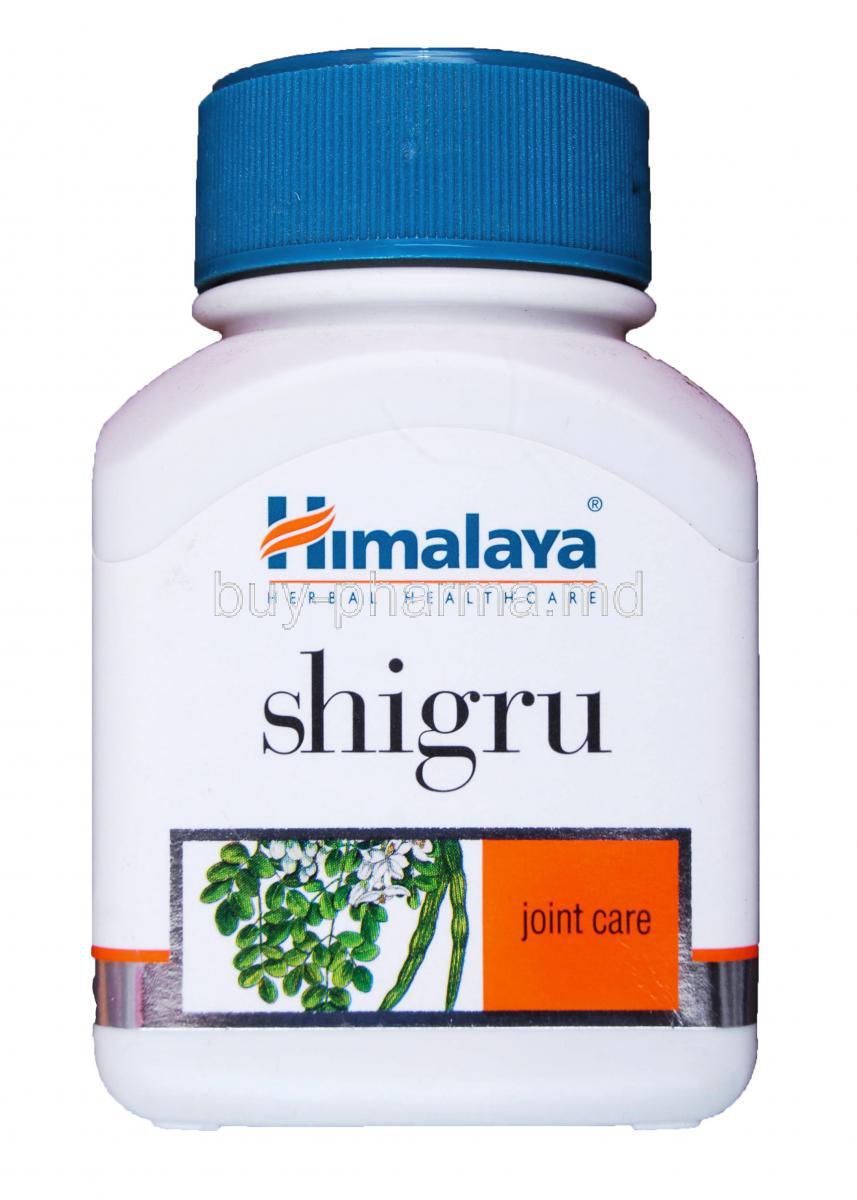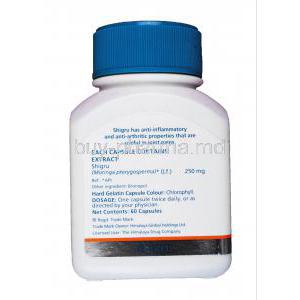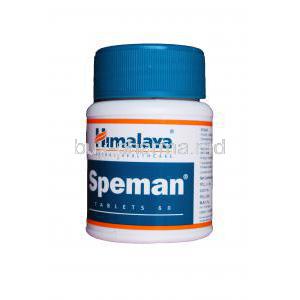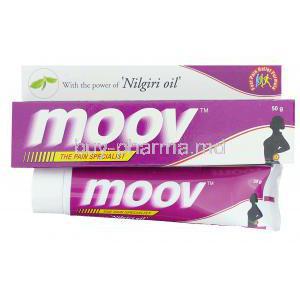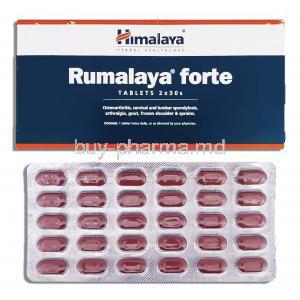Himalaya Shigru
- 1. Introduction to Himalaya Shigru
- 2. Composition and Active Ingredients
- 3. Mechanism of Action: How Himalaya Shigru Works in the Body
- 4. Therapeutic Uses of Himalaya Shigru
- 5. Dosage and Administration Guidelines
- 6. Side Effects and Risk Profile
- 7. Contraindications and Populations to Avoid Use
- 8. Drug and Supplement Interactions
- 9. Important Warnings and Precautions
- 10. Special Considerations for Administration
- 11. Overdose and Emergency Measures
- 12. Handling and Storage Instructions
- 13. Guidelines for Careful Administration
- 14. Summary of Clinical and Holistic Benefits
1. Introduction to Himalaya Shigru
Himalaya Shigru is a time-tested Ayurvedic supplement formulated to harness the therapeutic potential of Moringa oleifera, also known as the Drumstick tree. Renowned for its multifaceted health benefits, Shigru has earned recognition both in traditional medicine and contemporary scientific circles.
Historically, Shigru has been utilized in Ayurveda for its potent anti-inflammatory, detoxifying, and revitalizing properties. With increasing interest in phytotherapeutics, it now stands at the intersection of natural healing and modern wellness solutions.
Available in various formats, tablets, capsules, and powders, Himalaya Shigru is designed for easy integration into daily health regimens, promoting holistic joint and metabolic support.
2. Composition and Active Ingredients
Himalaya Shigru features a carefully standardized extract of Moringa oleifera, ensuring consistent potency and purity in every dose. This formulation emphasizes both efficacy and safety through rigorous quality control.
- Isothiocyanates: Bioactive compounds known for anti-inflammatory and detoxification effects.
- Flavonoids: Natural antioxidants that combat oxidative stress and support immune function.
- Saponins: Phytochemicals contributing to cholesterol reduction and immune modulation.
The blend leverages both leaf and root extracts, providing a broad spectrum of therapeutic effects from cellular defense to metabolic balance. Himalaya's proprietary extraction and manufacturing processes further ensure the retention of active constituents and absence of contaminants.

3. Mechanism of Action: How Himalaya Shigru Works in the Body
Shigru exerts its biological effects through multiple synergistic pathways:
- COX Inhibition: By inhibiting cyclooxygenase enzymes, Shigru helps reduce inflammatory mediators associated with joint pain and swelling.
- Antioxidant Defense: Its flavonoids neutralize free radicals, preventing oxidative damage to cells and tissues.
- Immunomodulation: Regulates pro-inflammatory cytokines, supporting immune balance and resilience.
- Metabolic Effects: Supports lipid breakdown and glucose metabolism, contributing to improved metabolic health.
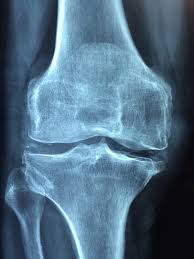
4. Therapeutic Uses of Himalaya Shigru
4.1 Shigru Benefits
- Joint Health: Widely used for its analgesic and anti-inflammatory actions in arthritis and joint stiffness.
- Inflammation Control: Reduces localized and systemic inflammation, aiding mobility and function.
- Musculoskeletal Support: Beneficial in managing back pain, tendonitis, and post-exertional soreness.
- Liver Support: Aids in hepatic detoxification, supporting overall vitality.

4.2 Emerging and Off-Label Uses
- Diabetes and Metabolic Syndrome: May help regulate blood glucose and insulin sensitivity.
- Cardiovascular Health: Assists in lowering blood pressure and managing lipid profiles.
- Shigru guggulu for fibroid: an effective treatment modality in uterine fibroid
- Digestive Health: Enhances gut motility and microbial balance, supporting digestion.
- Dermatological Benefits: Promotes hair strength and supports skin rejuvenation.
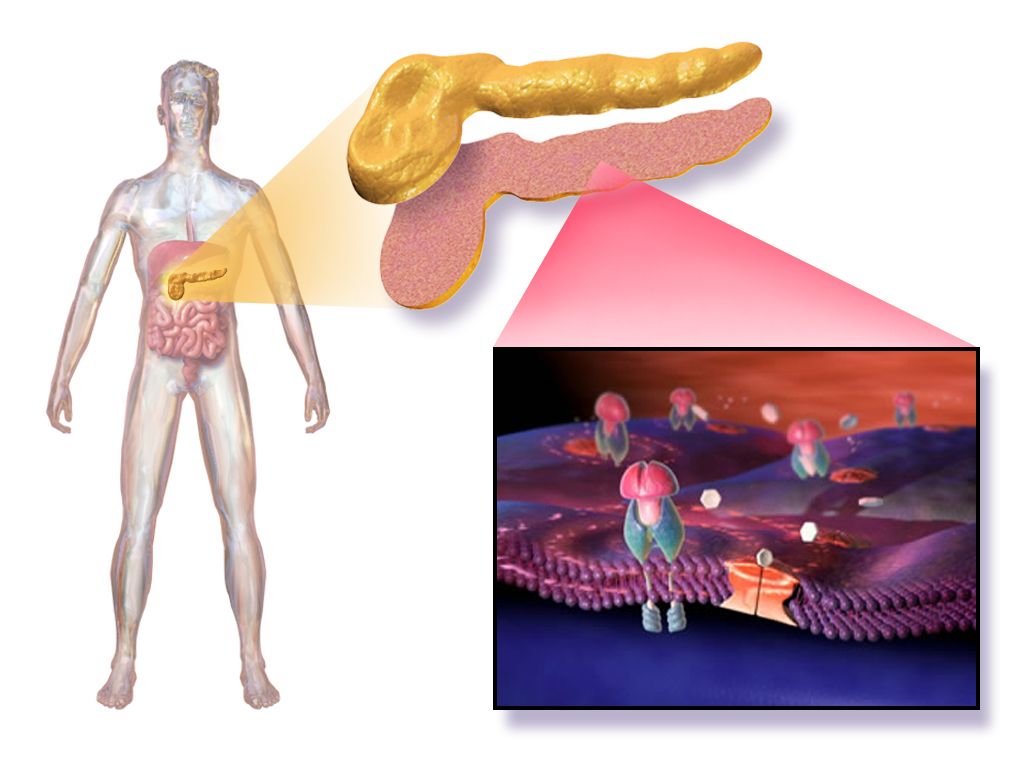
5. Dosage and Administration Guidelines
For optimal results, adults are typically advised to take 1-2 tablets or capsules twice daily, preferably after meals. The dosage may vary depending on the individual's health status and therapeutic goals.
- Chronic Conditions: Long-term use under supervision may be beneficial for joint and metabolic disorders.
- Acute Conditions: Short-term use for inflammation flare-ups or detoxification cycles.
- Supplement Stacking: Can be safely combined with turmeric, ashwagandha, or boswellia for enhanced benefits.

6. Side Effects and Risk Profile
6.1 Commonly Reported Side Effects
- Mild digestive issues such as bloating, nausea, or loose stools.
- Occasional headache or light-headedness.
- Rare instances of allergic skin reactions such as itching or rashes.

6.2 Less Common or Serious Adverse Reactions
- Hypoglycemia in individuals using concurrent blood sugar-lowering medication.
- Possible interference with thyroid hormone levels due to high isothiocyanate intake.
- Elevated liver enzymes in cases of high-dose or prolonged use.

7. Contraindications and Populations to Avoid Use
- Allergy to Moringa species or related botanicals.
- Patients with significant hepatic or renal impairment should avoid use.
- Individuals with autoimmune diseases should consult a physician before starting.
- Contraindicated in patients receiving immunosuppressive therapy post-transplantation.

8. Drug and Supplement Interactions
- Antidiabetic Agents: Risk of enhanced hypoglycemic effect when combined with medications like metformin or insulin.
- Antihypertensive Drugs: May cause additive blood pressure-lowering effects with ACE inhibitors or beta-blockers.
- Iron Supplements: Moringa may hinder non-heme iron absorption when taken simultaneously.
- Anti-inflammatory Herbs: Synergistic action when combined with turmeric, ginger, or boswellia may amplify anti-inflammatory benefits.
9. Important Warnings and Precautions
Himalaya Shigru, while derived from a natural botanical source, warrants prudent use in specific circumstances. Prior to undergoing any surgical procedure, its use should be discontinued due to the potential impact on blood pressure and coagulation pathways.
It is essential to understand that Shigru is not a replacement for standard pharmaceutical treatments in serious or acute medical conditions such as rheumatoid arthritis, autoimmune diseases, or advanced metabolic disorders. While it may offer complementary support, it should not be used as a sole therapeutic agent.
In individuals with chronic illnesses such as diabetes or hypertension, consistent monitoring is required when Shigru is added to the therapeutic regimen. Potential interactions with prescribed medications necessitate a tailored and cautious approach.
Long-term use should be guided by medical consultation to assess tolerability, efficacy, and safety over time, especially in vulnerable populations or those with multiple comorbidities.

10. Special Considerations for Administration
10.1 Use in Elderly Patients
In geriatric populations, physiological changes in hepatic and renal clearance demand dose adjustments. The metabolic rate tends to decline with age, necessitating lower starting doses and gradual titration.
Regular evaluation of liver enzymes and renal function markers is advisable to ensure that the product is being metabolized and excreted effectively. Moreover, elderly patients are often on multiple medications, increasing the risk of drug-herb interactions. Polypharmacy vigilance is, therefore, paramount.
10.2 Use in Pregnant Women and Nursing Mothers
The use of Himalaya Shigru during pregnancy is not well-supported by clinical trials. Existing data from animal studies suggest possible uterine stimulation, which may pose a risk in early pregnancy. Traditional Ayurvedic teachings also advise against its use during the first trimester.
Due to limited safety data on lactation, nursing mothers are advised to consult their healthcare provider before incorporating this supplement, as its hormonal influences may potentially affect breast milk composition or infant development.

10.3 Use in Pediatric Populations
Himalaya Shigru is not recommended for children under 12 years of age unless prescribed by a qualified practitioner. The pharmacodynamic response in young children differs significantly from adults, necessitating caution.
For adolescents, research on safety and efficacy is still evolving. If used in pediatric settings, careful dose adjustments based on body weight and maturity of organ systems are necessary to avoid potential adverse effects.
11. Overdose and Emergency Measures
Though rare, an overdose of Shigru may result in undesirable symptoms such as:
- Nausea and gastrointestinal upset
- Profuse diarrhea or abdominal cramping
- Drop in blood pressure (hypotension)
These manifestations may lead to dehydration and electrolyte disturbances. Immediate cessation of the supplement is recommended, followed by hydration and supportive therapy. In severe cases, professional medical intervention may be required to stabilize the patient.

12. Handling and Storage Instructions
Himalaya Shigru should be stored in a cool, dry place, away from direct sunlight and humidity, to preserve its potency. Exposure to heat or moisture may degrade the bioactive compounds and reduce effectiveness.
Check the expiration date on the packaging and do not use beyond this period. The supplement should remain in its original container to ensure protection from environmental elements.
- Repackaging Safety: Avoid transferring to unlabelled or non-food-grade containers.
- Disposal: Unused or expired tablets should be disposed of according to local pharmaceutical waste guidelines, not in household trash or sewage systems.
13. Guidelines for Careful Administration
Certain patient profiles necessitate more careful administration of Himalaya Shigru:
- Individuals with a history of gastrointestinal disorders should begin with a low dose to gauge tolerance.
- Patients experiencing fluctuations in blood sugar or blood pressure must undergo regular monitoring, especially when starting or adjusting dosage.
- Long-term users, especially those managing chronic illnesses, should undergo periodic evaluation of liver and kidney function.
- It is advised that individuals with comorbidities use this supplement only under the supervision of a healthcare provider.
14. Summary of Clinical and Holistic Benefits
Himalaya Shigru presents a compelling fusion of time-honored Ayurvedic wisdom and modern scientific validation. Its anti-inflammatory, antioxidant, and detoxifying properties make it a valuable addition to wellness protocols, particularly for individuals seeking natural joint support and metabolic balance.
In integrative medicine, Shigru can be synergistically combined with dietary interventions, physiotherapy, and stress management techniques such as yoga and meditation to amplify therapeutic outcomes.
Trusted by practitioners and supported by emerging clinical research, Himalaya Shigru remains a cornerstone in the realm of botanical medicine, fostering strength, vitality, and systemic harmony.
Himalaya Shigru FAQ
What is Shigru used for?
Shigru is a plant commonly referred to as Moringa and also known as the drumstick tree, due to its association with the vegetable called drumsticks, which is made from its pods. It has been traditionally utilized to address issues such as a lack of iron in the body, hysteria, paralysis, skin infections, diabetes, and various other health concerns.
What is the difference between Moringa and shigru?
Shigru is another name for the Moringa tree that thrives in subtropical areas and grows rapidly despite drought conditions.
Is Shigru good for uric acid?
Shigru includes antioxidants that help stop the enzymes that produce uric acid.
What is the benefit of Shigru bark?
The bark and leaf mixture possess inflammatory qualities and help diminish abscesses.
What are the benefits of Shigru oil?
Shigru seed oil keeps your hair clean and healthy protecting it from harm caused by radicals.
What is the pharmacological action of Shigru?
Shigru has been found to exhibit a variety of effects, including reducing inflammation and combating microbes and cancer cells, while also supporting heart health. It helps reduce fever and oxidative stress that can lead to diseases.
What are the benefits of taking Shigru leaves?
- Promotes health and nutrition while aiding in the removal of blood blockages and maintaining a healthy heart function.
- It enhances digestion.
- Helps the body absorb nutrients from food.
- Packed with antioxidants and essential nutrients to support blood circulation.

